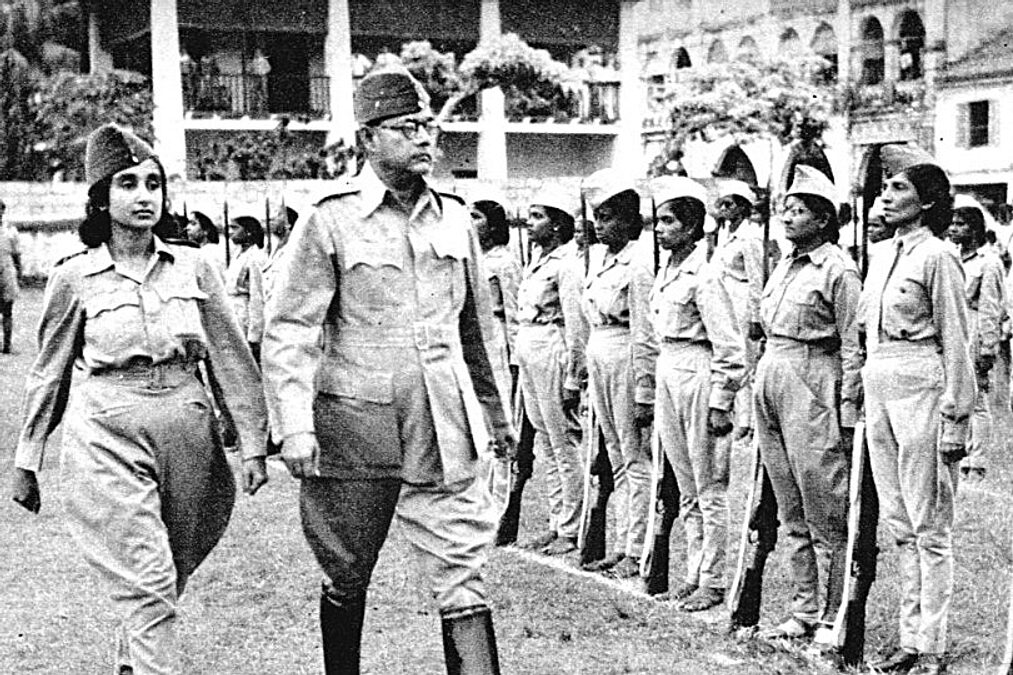Also Read: Fun Moments: Joyful Activities to Celebrate the Holidays with Friends and Family
Introduction
When we think of fierce warriors in history, figures like Joan of Arc often come to mind. But did you know that India has its own Joan of Arc? Enter the Rani of Jhansi, also known as Lakshmibai, a queen who defied societal norms and colonial power to lead her people in the fight for freedom during the Indian Rebellion of 1857. Her story, though widely revered in India, remains lesser-known on the global stage. Today, we’ll delve into her extraordinary life, uncovering the grit, resilience, and sheer determination that made her a symbol of resistance.
Who Was the Rani of Jhansi?

Lakshmibai was born as Manikarnika Tambe in 1828 in Varanasi, India. Her upbringing was unconventional for a girl of her time—she learned horseback riding, sword fighting, and archery, skills that would later prove invaluable. Married to the Maharaja of Jhansi, Raja Gangadhar Rao, she became the queen and took on the name Lakshmibai.
The Early Years
Raised in a progressive environment, Lakshmibai’s father ensured she received training usually reserved for boys. This upbringing instilled in her a sense of independence and courage that set her apart.
The Queen of Jhansi
After marrying Raja Gangadhar Rao, Lakshmibai embraced her role as queen with grace and strength. Despite personal tragedies, including the loss of her child and her husband’s untimely death, she demonstrated resilience and dedication to her people.
The Political Turmoil
Lakshmibai’s story unfolds against the backdrop of British colonial expansion in India. The British East India Company was steadily annexing princely states under the Doctrine of Lapse, a policy allowing them to seize control of states without a direct male heir.
The Annexation of Jhansi
After her husband’s death, Lakshmibai adopted a son, Damodar Rao, to ensure the lineage of the throne. However, the British refused to recognize her adopted heir and annexed Jhansi in 1854. This betrayal ignited her determination to resist.
The Indian Rebellion of 1857
The year 1857 marked the beginning of a large-scale uprising against British rule, often called India’s First War of Independence. Lakshmibai emerged as one of the rebellion’s central figures.
Rising to Leadership
When the rebellion reached Jhansi, Lakshmibai refused to surrender. She rallied her people and organized an army, showing exceptional leadership skills. Her courage inspired men and women alike to stand against the might of the British Empire.
The Siege of Jhansi
The British forces laid siege to Jhansi in early 1858. What followed was a fierce battle that showcased Lakshmibai’s military acumen.
A Warrior Queen
Donning armor and leading her troops into battle, Lakshmibai became a living legend. She fought tirelessly, often at the front lines, rallying her soldiers to defend their homeland.
The Fall of Jhansi
Despite their valiant efforts, the defenders of Jhansi were overwhelmed by the British forces. Lakshmibai, however, managed to escape with her son and a small group of followers, determined to continue the fight.
The Battle of Gwalior
Lakshmibai regrouped and allied with other rebel leaders, including Tatya Tope. Together, they seized Gwalior, a significant stronghold.
The Final Stand
Her last battle came in June 1858, when British forces attacked Gwalior. Lakshmibai fought valiantly, disguised as a man to evade recognition. She was mortally wounded on the battlefield, but her bravery left an indelible mark on history.
Legacy of the Rani of Jhansi
Lakshmibai’s story didn’t end with her death. Instead, she became a symbol of resistance and inspiration for future generations.
A National Hero
In India, Lakshmibai is celebrated as a national hero. Her life is commemorated in literature, art, and folklore, ensuring her legacy remains alive.
Global Recognition
While her story is well-known in India, Lakshmibai deserves greater recognition worldwide. Her fight for freedom parallels other iconic leaders, making her a figure of global significance.
Lessons from Lakshmibai’s Life
What can we learn from the Rani of Jhansi’s story?
Courage in Adversity
Lakshmibai’s ability to stand firm in the face of overwhelming odds teaches us the value of courage and resilience.
Leadership and Empowerment
Her leadership broke gender norms, proving that women could command armies and lead nations.
Fighting for Justice
Lakshmibai’s unwavering commitment to her people’s freedom is a testament to the power of fighting for what is right.
Commemorating the Rani of Jhansi
Statues and Memorials
Numerous statues and memorials across India honor Lakshmibai’s memory, including the iconic equestrian statue in Jhansi.
Literature and Films
Her life has been depicted in books, plays, and films, each retelling bringing her story to new audiences.
Why She’s Known as India’s Joan of Arc
The parallels between Lakshmibai and Joan of Arc are striking. Both were young women who rose to prominence during times of conflict, leading their people against powerful adversaries. Their lives, though short, left lasting legacies.
Conclusion
The Rani of Jhansi, Lakshmibai, wasn’t just a queen; she was a warrior, a leader, and a symbol of resistance. Her life teaches us to stand firm in the face of adversity, fight for justice, and never give up. Though she lived more than 150 years ago, her legacy continues to inspire, reminding us that courage knows no gender, and heroism transcends time.
Also Read: Unveiling Hidden Gems for Making Money Online in 2024
FAQs
1. Who was the Rani of Jhansi?
The Rani of Jhansi, or Lakshmibai, was the queen of Jhansi in India and a key figure in the Indian Rebellion of 1857. She is celebrated for her bravery and leadership against British colonial rule.
2. Why is Lakshmibai compared to Joan of Arc?
Lakshmibai is often called India’s Joan of Arc because, like Joan, she led her people in battle against a powerful enemy, demonstrating courage and leadership in the face of overwhelming odds.
3. What was the Doctrine of Lapse?
The Doctrine of Lapse was a policy implemented by the British East India Company to annex Indian states without a direct male heir, which played a key role in the annexation of Jhansi.
4. How did the Rani of Jhansi die?
Lakshmibai died in the Battle of Gwalior in 1858, fighting valiantly against British forces. She was reportedly dressed as a man to avoid recognition during her final stand.
5. What is the legacy of the Rani of Jhansi?
Lakshmibai’s legacy is that of a fearless warrior and a symbol of India’s fight for independence. Her story continues to inspire generations and is commemorated in statues, literature, and popular culture.


